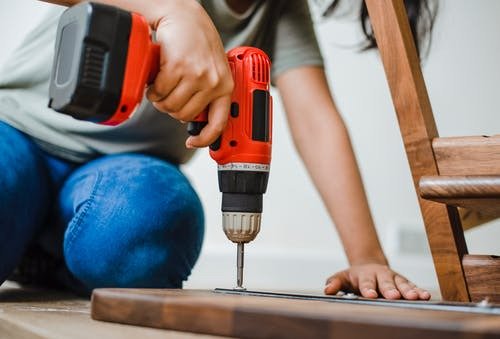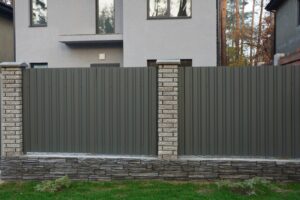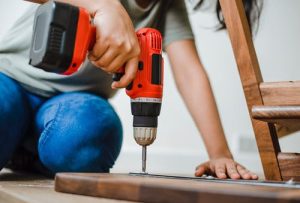
Before discussing prevention methods, it’s crucial to understand the causes of water damage. Water damage often results from various sources, such as leaky roofs, burst pipes, or even natural disasters like floods. If not addressed in a timely manner, each of these can lead to significant issues, causing havoc in both residential and commercial properties.
Common Causes and Effects
-
Leaky Roofs: Over time, roofing materials may degrade due to weather conditions, leading to leaks. These leaks can cause water to seep into attics and walls, promoting mould growth.
-
Burst Pipes: Freezing temperatures, high water pressure, or corrosion can cause pipes to burst, releasing water into a property. This scenario can lead to extensive water damage in a short period.
-
Flooding: Heavy rainfalls or rapid snowmelt can cause rivers to overflow, leading to flooding. Storm surges can also cause floods to properties far from water bodies.
-
Condensation: Often overlooked, condensation from HVAC systems can lead to water collection in attics or basements if not properly ventilated.
Steps to Prevent Recurring Water Damage
Preventing water damage is about diligence, maintenance, and foresight. Implementing some simple yet effective measures can help safeguard your property.
Regular Home Maintenance
To prevent water damage, home maintenance is key. This involves checking various parts of your home regularly:
-
Roof Inspections: Regularly inspect your roof for signs of wear and tear. Look for missing or damaged shingles that could allow water entry.
-
Pipe Checks: Ensure plumbing systems are inspected regularly. Look out for corrosion or leaks and replace pipes when necessary.
-
Gutter Cleaning: Clean gutters seasonally to prevent water buildup and overflow.
-
Basement Monitoring: Basements can be prone to floods, so consider investing in a sump pump and performing routine checks for moisture.
Mould Prevention Tips
Wherever there is water damage, there’s a risk of mould. Mould can have serious health implications and should be dealt with as soon as it’s detected.
Understanding Mould Growth
Mould thrives in damp, humid environments. Preventing its growth involves removing the elements it needs to survive.
Effective Ventilation
Proper ventilation helps reduce the moisture levels in your home, making it less susceptible to mould:
-
Bathroom and Kitchen Fans: Use exhaust fans in high-moisture areas such as bathrooms and kitchens to remove steam and reduce humidity.
-
Dehumidifiers: Consider using dehumidifiers in damp areas like basements to maintain a stable indoor humidity level.
Identifying Signs of Water Damage and Mould
Identifying water damage early can prevent mould issues. Look for discolorations, warping surfaces, or a musty smell. Catching these signs early means easier, less costly remediation.
When to Consult Professionals
While some water damage issues can be handled with DIY fixes, certain scenarios require expert intervention. For instance, for significant water damage like flooding or when mould is widespread, it’s best to consult with professionals like property restoration experts in Mississauga, ON, to ensure thorough cleaning and repair.
Home Modifications for Better Protection
Beyond regular maintenance, consider these home modifications for enhanced protection against water damage and mould:
Sump Pumps and French Drains
Installing a sump pump in your basement can help manage water removal during heavy rains. Similarly, French drains can redirect water away from your property’s foundation.
Waterproofing
Invest in waterproof materials for areas prone to dampness. This could include the use of waterproof paint and coatings in basements or crawl spaces.
Insurance and Water Damage
Insurance can serve as a safety net for unexpected water damage. Ensure your policy covers water-related incidents, especially if you live in flood-prone areas.
Review Your Policy
Not all policies cover flood damage. Review your policy regularly to ensure adequate coverage, and consider supplemental flood insurance if necessary.
The Role of Technology in Prevention
Technology can help prevent water damage. Smart home systems can detect leaks early and alert homeowners, while automated pumps can kick in at the first sign of rising water levels.
Smart Home Leak Detectors
Install smart leak detectors around potential problem areas, such as under sinks or near water heaters. These detectors can notify you instantly via smartphone alerts, allowing quick intervention.
Long-Term Benefits of Preventive Measures
Implementing preventive measures against water damage and mould not only saves money in repairs but also maintains the integrity and value of your property.
Higher Property Value
Properties well-maintained without water or mould issues often have higher market values. Homebuyers are willing to pay more for a safe, damage-free home.
Healthier Living Environment
A home free from water damage and mould ensures a healthier living environment, reducing the risk of respiratory and health issues related to mould exposure.
Whether it’s through amateur fixes or consulting cleaning & sanitation of mould experts, tackling water damage and mould early can save significant time, money, and stress in the long run.
Final Thoughts
Implementing preventive measures against water damage and mould is essential for safeguarding both property and health. Regular maintenance, effective ventilation, and appropriate home modifications can significantly reduce the risk of recurring issues. Technology and insurance further bolster protection, offering early detection and coverage for unforeseen events. Ultimately, these efforts ensure higher property value and a healthier living environment, saving time, money, and stress over the long term.





